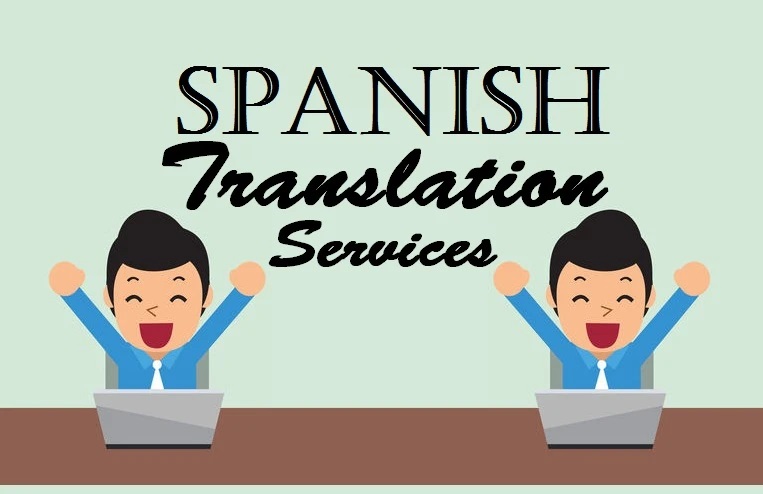Translating to Spanish requires more than just words. It also involves understanding linguistic and cultural differences between the languages.
The best English to Spanish translation tools can help you achieve more accurate results. These tools include a website, an app and software that can translate text, voice and handwriting.
1. Understand the Grammar
When translations are done well, they not only reproduce the words in another language but also capture their meaning. To do this, translators need to understand the structure of each language, how it differs from others and how cultural differences impact a translation.
Word-for-word translations only work for languages with similar sentence structures. For example, “He likes to swim” translates as “El equipo está trabajando para terminar el informe” in English and “Er schwimm gern” in German.
Native speakers use metaphor, word order and slang to convey meaning. If translators miss these nuances, the translation will be stilted or inappropriate. For this reason, it is important for translators to be not just bilingual but bicultural. This means knowing how to translate idioms and slang and how to incorporate them into their writing.
2. Identify the Words
With 450 million people around the world speaking Spanish as their native language, it’s a language that your brand needs to know. But translating content into Spanish isn’t as simple as just changing words. There are many nuances that you have to consider that go far beyond grammar.
These differences include grammatical differences, cultural differences and idioms. These nuances can change the meaning of a word, and they can make or break your translation.
A good translator will understand these nuances and ensure that the translation conveys the message you intend it to. A translator should also be able to handle idioms and other unique phrases. They should also be able to identify words that have no direct translation, like German’s Kummerspeck (grief bacon). The translator can choose to leave the word in place or explain it.
3. Ask for Help
English is the number one language of the web, and a growing number of companies are looking to expand their reach into Spanish-speaking markets. In some cases, this means incorporating translations directly into the design process. In others, it means working with translators to ensure that your brand is reflected consistently across languages.
In either case, it’s important to remember that language isn’t just words, and that cultural differences can play a big part in how your content resonates with your audience. For example, the concept of formality is very different between English and Spanish cultures. Translators should always double-check that their translations are respectful in every market they’re targeting.
This includes avoiding the use of titles in place of names (e.g., El presidente) when possible.
5. Read the Text
A good translation should make sense in the context of its own culture. It’s a myth that words are interchangeable across languages and cultures. Word-for-word translations can work in some situations but often they’re too literal. For example, in some cultures where directness is preferred over subtlety, a word-for-word translation can lead to misinterpretation. An English to Spanish translation of El equipo experimentado está trabajando para terminar el informe is not going to PDFT.AI translate directly as The team is experienced at finishing the report.
Additionally, it’s important to remember that a translation needs to be as natural and reader-friendly as possible. This includes avoiding using jargon or words that don’t have suitable Spanish equivalents. For this reason, translators need to have a wide range of linguistic skills and knowledge in order to ensure that their work conveys the same meaning as the original text.
6. Look at the Examples
As the number of Spanish-speaking people grows around the world, translations are more important than ever. However, there are some differences between English and Spanish that can throw translators for a loop.
Many words, concepts, and ideas have no homegrown Spanish equivalents and must be translated word-for-word. This can cause problems if the phrasing is off or the meaning doesn’t translate. For example, the phrase “ask your friend” can translate to amigo or amiga depending on the gender conventions of the context.
Professional linguists understand these differences and can ensure the final translation reads well and conveys the correct meaning. Taking these issues into consideration during the product design phase can save website and app owners time, money, and headaches down the line. It can also make for a more enjoyable user experience for Spanish-speaking customers.
7. Ask Questions
Question words in Spanish often have a similar function as in English. Using them in your sentences can help you ask questions, but they also serve as clues to help readers know that the sentence is a question. The main tip-off is the intonation. Questions in spoken Spanish are marked by a rise in pitch at the end of the final word.
Other question markers include?como? and?cuanto? These are used to ask how something is done or how many of something there are. They follow number agreement so they adapt to the gender and number of the noun they are asking about.
Other question words such as quien, quienes and cual, cuales use the same rules. They also adapt to the number of people or things being asked about.
